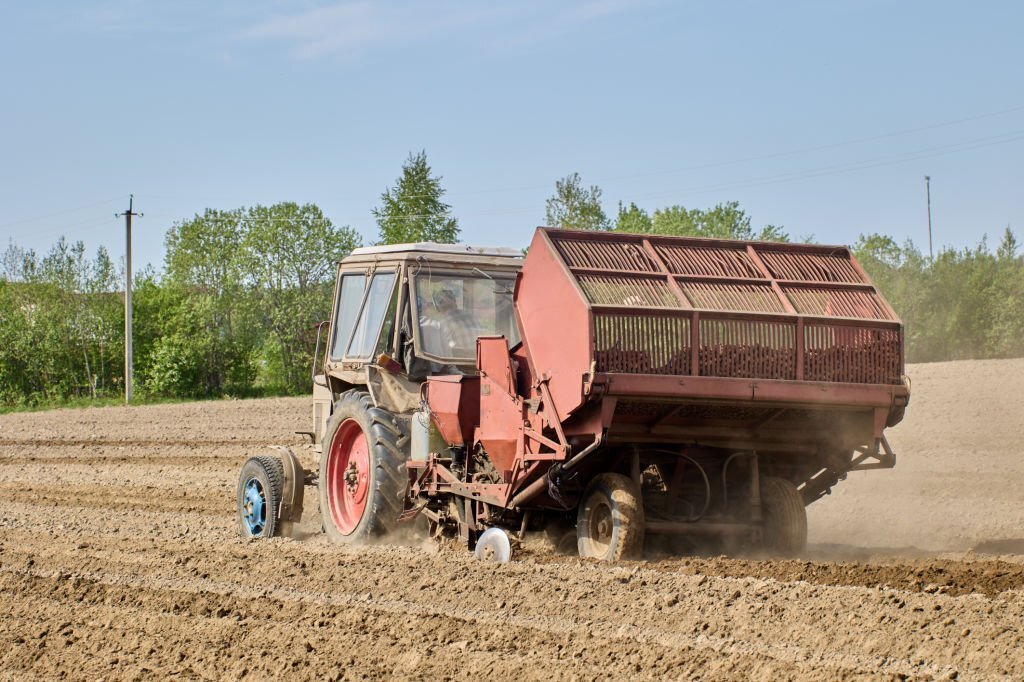
Agricultural equipment plays a crucial role in modern farming, enabling increased productivity and efficiency. However, it is important to recognize that the use of such equipment also has environmental implications. As we strive for sustainable agricultural practices, understanding and addressing these implications becomes imperative. This article explores the environmental implications of using agricultural equipment, highlighting the key factors contributing to environmental impact, the challenges faced, and innovative solutions that promote sustainable farming practices.
Fuel Consumption and Greenhouse Gas Emissions
Agricultural equipment relies on fossil fuel combustion, primarily diesel or gasoline, which contributes to greenhouse gas (GHG) emissions. The burning of these fuels releases carbon dioxide (CO2), a major greenhouse gas known to contribute to climate change. The scale of emissions largely depends on the fuel efficiency of the machinery and the intensity of its use. Mitigating this impact requires a shift towards more fuel-efficient equipment, exploring alternative energy sources, and implementing precision agriculture techniques to reduce unnecessary fuel consumption.
Soil Degradation and Erosion
Certain agricultural equipment, particularly heavy machinery, can lead to soil compaction and degradation. Continuous use of heavy equipment on wet soils can result in soil compaction, reducing water infiltration and affecting root growth. Moreover, improper use or management of machinery can contribute to soil erosion, compromising soil health and productivity. Adapting equipment and practices to minimize soil disturbance, adopting precision agriculture techniques, and implementing conservation practices such as reduced tillage can help mitigate soil degradation and erosion.
Water and Air Quality
The use of agricultural equipment can impact both water and air quality. Excessive or improper application of fertilizers, pesticides, and herbicides through machinery can lead to runoff, contaminating water bodies and contributing to water pollution. Similarly, the emission of volatile organic compounds (VOCs) from machinery can contribute to air pollution and affect human health. Proper training, calibration, and precise application technologies can help minimize the environmental impact on water and air quality.
Noise Pollution and Biodiversity
Agricultural equipment often generates significant noise pollution, which can disrupt wildlife habitats, affect animal behavior, and disturb nearby communities. Additionally, the intensive use of machinery can result in habitat fragmentation and loss of biodiversity. Implementing noise reduction measures and carefully planning farm operations to preserve natural habitats and create wildlife-friendly zones can help mitigate these impacts.
Sustainable Solutions and Technological Innovations
Addressing the environmental implications of agricultural equipment requires a multifaceted approach. Sustainable solutions and technological innovations are being developed to reduce environmental impact while maintaining productivity. These include:
- Adoption of precision agriculture techniques, such as variable rate application and site-specific management, to optimize resource utilization and minimize waste.
- Utilization of advanced sensors, automation, and robotics to reduce chemical inputs and ensure precise application of inputs, leading to lower environmental impact.
- Integration of renewable energy sources, such as solar power or electric machinery, to reduce greenhouse gas emissions and dependence on fossil fuels.
- Promotion of agroecological practices, such as agroforestry and crop diversification, which reduce reliance on machinery and contribute to biodiversity conservation.
- Implementation of sustainable land management practices, including conservation tillage, cover cropping, and integrated pest management, to minimize soil degradation and erosion.
Conclusion
Using agricultural equipment has both benefits and environmental implications. While it enhances productivity and efficiency, it also contributes to various environmental challenges. By recognizing these implications and embracing sustainable solutions, we can minimize the environmental footprint of agricultural equipment. Through the adoption of precision agriculture, technological innovations, renewable energy integration, and sustainable farming practices, we can strike a balance between progress and sustainability, ensuring the long-term viability of agriculture while preserving our environment for future generations.

